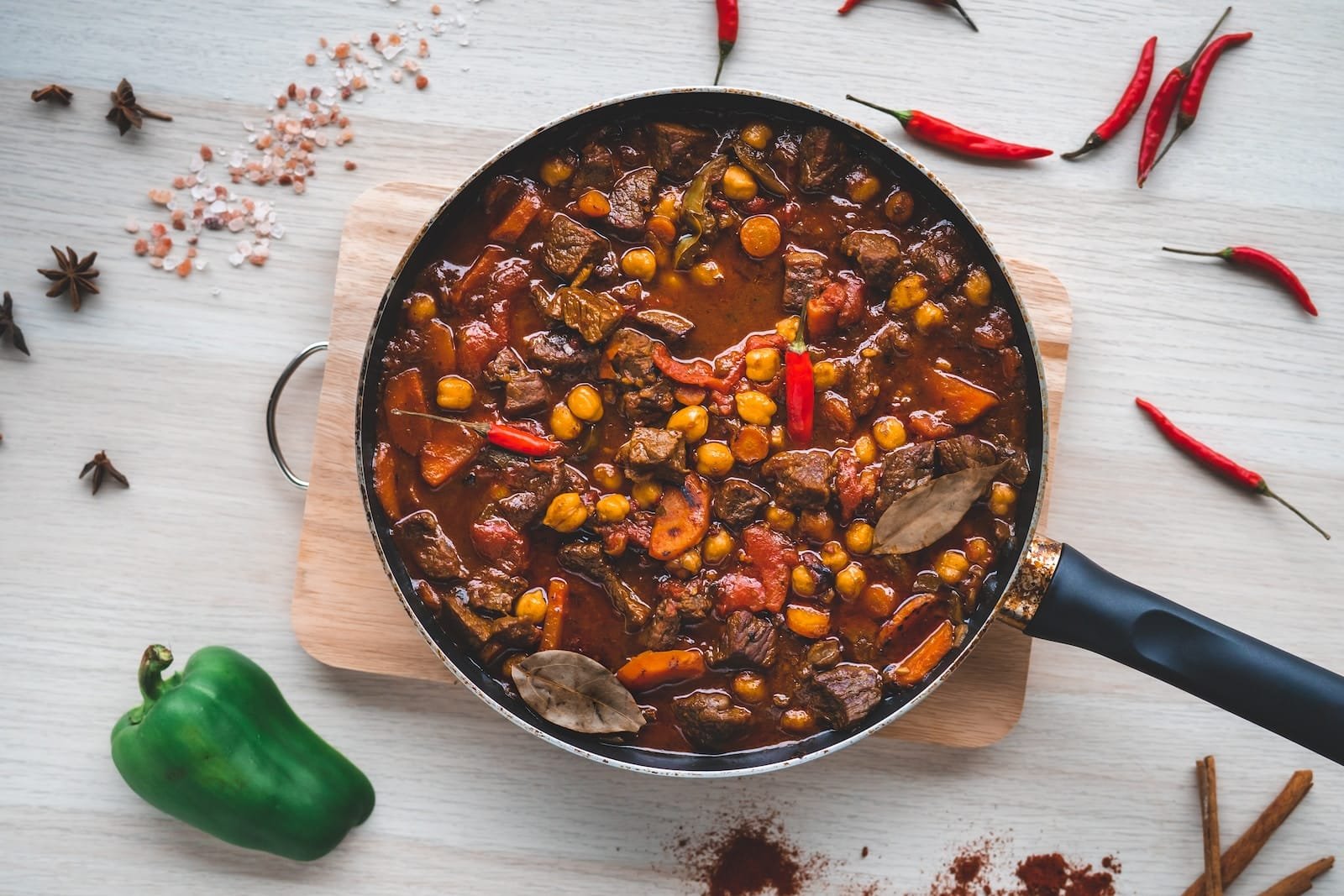Chili is a family favorite in many households. It’s hearty, it’s flavorful, and it’s incredibly versatile. Whether you prefer it meaty, bean-filled, or with a veggie twist, a good chili can be a meal-prep lifesaver. But, as with all good things, chili doesn’t last forever – especially once it hits the fridge. Let’s unpack the mystery of chili’s fridge lifespan, so you can enjoy your leftovers safely and deliciously!
First things first: the Centers for Disease Control and Prevention (CDC) and the Food and Drug Administration (FDA) give us some guidelines to ensure we’re keeping our food not just tasty, but also safe to eat. According to these food safety experts, cooked chili should be properly refrigerated within two hours of cooking to prevent bacteria from throwing a party in your pot.
Once refrigerated at or below 40°F (4°C), your chili can typically last for about 3 to 4 days. However, this is not just a countdown; how you store your chili can also affect its shelf life.
Before you stash your chili away in the fridge, it’s vital to cool it down properly. Storing a large, hot pot of chili can raise the temperature inside your refrigerator, putting other foods at risk. To cool your chili faster, consider these tips:
Once cooled, transfer your chili to airtight containers. This not only helps preserve freshness but also prevents your chili from absorbing other odors in the fridge (nobody wants onion-scented chocolate pudding).
If you’re a chili overachiever and have made enough to feed an army, don’t fear – the freezer is here! When properly stored in freezer-safe bags or containers, chili can be frozen for 4 to 6 months. Just make sure to label it with the date, so you don’t end up with a mysterious frozen artifact months down the line.
Reheating your chili is simple – you can pop it in the microwave, reheat it on the stove, or even in a slow cooker. Just ensure it reaches 165°F (74°C) to kill any bacteria that might have started to develop. Stirring occasionally will help it heat evenly.
Even with the best intentions and practices, chili can go bad. Here’s what you should look out for:
To avoid throwing away food, only make as much chili as you know you’ll eat within a few days. If you have leftovers, consider sharing with friends or family, or freeze it for a future meal.


